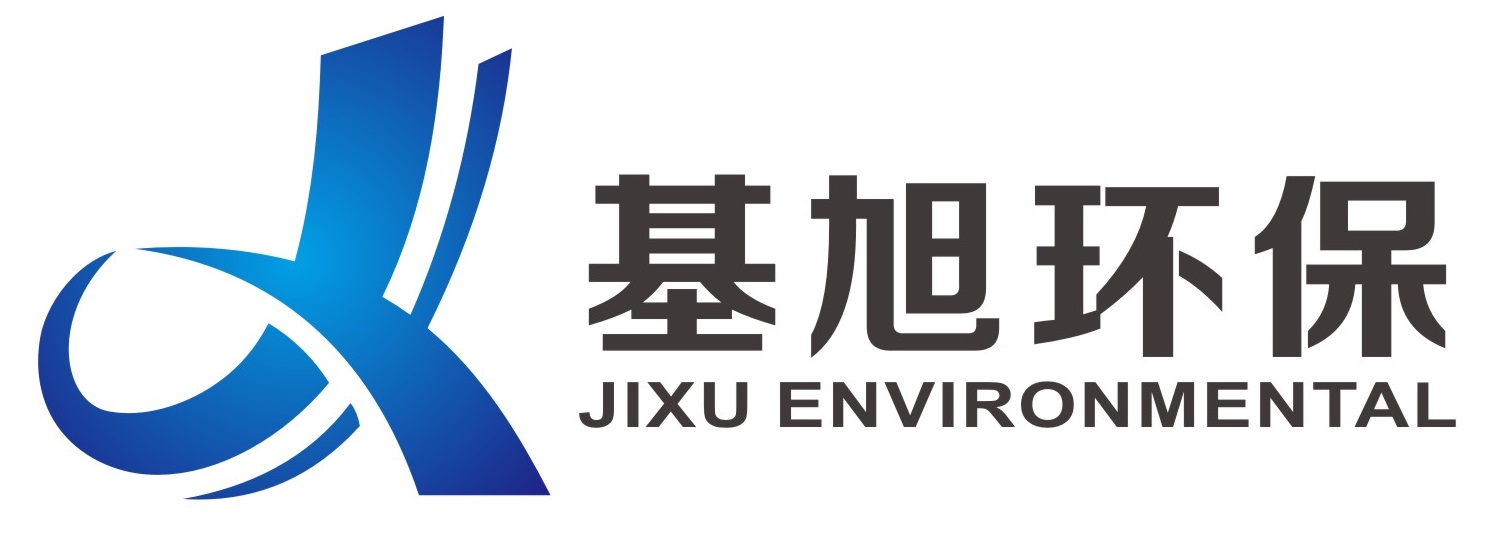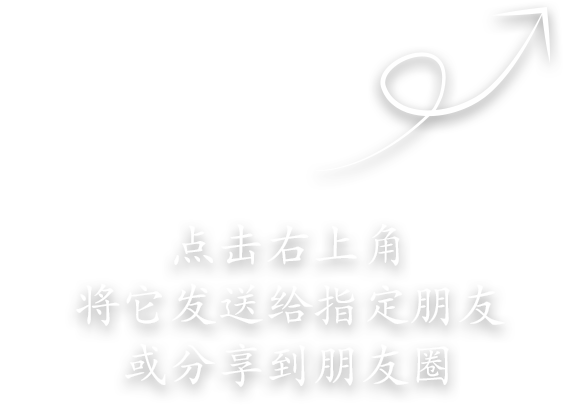




Chapter 1 Project Overview
Established in 2003, Taizhou Huaxin Machinery Manufacturing Co., Ltd. is a professional manufacturer of tool holders and ER chucks. In 2013, the company produced an annual output of 15,400 shanks and 188,000 ER chucks. With the increase in demand for product orders, the company's existing equipment can no longer meet the demand for products. For this reason, the company has added CNC milling machines, CNC internal grinding machines, CNC cylindrical grinding machines and other equipment to form an annual output of 30,000 tool holders and 300,000. The production capacity of ER chucks.
1.1 Project Name
Taizhou Huaxin Machinery Manufacturing Co., Ltd. Wastewater Treatment Project
1.2 Project Construction Unit
Project construction unit: Taizhou Huaxin Machinery Manufacturing Co., Ltd.
Wastewater data
2.1 Wastewater source
The wastewater mainly comes from domestic sewage, catering wastewater, production wastewater and ground flushing water of Taizhou Huaxin Machinery Manufacturing Co., Ltd.
Domestic sewage: There are 120 employees in the company, and there are staff quarters in the company, including 16 employees. The domestic water consumption of non-residential employees is 50 L/d·person, the accommodation staff is 80 L/d·person, and the pollution-producing factor is 85%, then the domestic sewage is about 5.51 m3/d.
Catering wastewater: The company has a cafeteria with a single meal and 50 employees. According to the “Design Code for Building Water Supply and Drainage”, the discharge of wastewater is 25 L/person/meal, and the wastewater from the restaurant produces about 1.25 m3/d.
Production wastewater: from the surface treatment process, including pickling phosphating and blackening, respectively, using degreasing, water washing, pickling, water washing, surface conditioning, phosphating, water washing, surface passivation, water washing, hot water washing, and Degreasing, washing, pickling, washing, blackening, washing, hot water washing. The wastewater generation can be seen in Table 1.
2.2 Design water quality
The quality of domestic sewage and catering wastewater is based on the water quality of similar projects. The design values are:
COD≤400 mg/L BOD5≤200 mg/L SS≤200 mg/L NH3-N≤35 mg/L pH 6~9
COD≤900 mg/L BOD5≤400 mg/L SS≤500 mg/L NH3-N≤40 mg/L Oil ≤200 mg/L
There are many kinds of production wastewater. Except for washing wastewater, the discharge is small, and it can be mixed and treated. The monitoring values are as follows:
COD≤300 mg/L SS≤180 mg/L TP≤85.4 mg/L Total Zn≤15.1 mg/L Total Fe≤200 mg/L Total Cr≤0.2 mg/L
Washing wastewater quality refers to the quality of production wastewater.
2.3 Emission standards
The wastewater of this project is included in the municipal sewage pipe network. The index implements the third-level standard (other pollutant discharge units) in GB8978-1996 “Integrated Wastewater Discharge Standard” and is sent to Sanmen County Urban Wastewater Treatment Plant. The indicators are as follows:
COD≤500 mg/L BOD5≤300 mg/L SS≤400 mg/L NH3-N≤35 mg/L TP≤8.0 mg/L Total Zn≤5.0 mg/L Total Fe≤10 mg/L Total Cr≤1.5 Mg/L
Exhaust gas data
2.4 Source of exhaust gas
(1) Post-treatment waste gas
Lubricating oil or diesel cooling is used in the grinding process. The total amount of non-methane produced by the lubricating oil is 5% of the amount of lubricating oil. Since the diesel is extremely volatile, the total amount of non-methane produced by the lubricating oil is 100% of the amount of diesel used. The amount of non-methane total hydrocarbons produced in the post-treatment process was 2.24 t/a. The post-treatment process worked 8 hours a day, and the non-methane total hydrocarbon emission rate was 0.93 kg/h.
(2) Pickling waste gas
The surface treatment and pickling process uses 30% hydrochloric acid, the bath is 30% hydrochloric acid and water ratio is 1:0.5, pickling is tank immersion, HCl is volatilized during production, and HCl production is 0.069 t/a. 0.029 kg/h.
(3) Canteen fume
The project uses a canteen in the factory to provide Chinese food for employees. The amount of oil used per person per day is 20 g, the amount of volatilization is calculated as 3%, and the annual amount of soot exhaust is 9 kg.
After the wastewater is treated, it is discharged into the municipal pipe network. According to the influent water quality and discharge standards, the treatment requirements are not high.
The domestic sewage can be discharged into the municipal pipe network after being pretreated by the septic tank.
The suspended solids and oil content of the food waste water are high, and the suspended solids account for a large proportion of COD, which can be further treated by mixing with the production wastewater after oil separation pretreatment.
Production wastewater, flushing water: The concentration of organic matter in wastewater is low, which meets the standards for wastewater network. The main removal indexes are total P, total Fe and total Zn, which can be treated by physical and chemical methods.
The post-treatment exhaust gas can be installed on the side of the sander using the diesel oil, and is discharged through the activated carbon and then discharged on the roof of the building.
The pickling waste gas can be provided with a lateral air intake system on both sides of the pickling tank. After the HCl is collected, it is treated by a set of alkali liquid spraying device, and discharged by a 15 m exhaust pipe after the treatment.
A set of lampblack purifiers can be installed in the canteen smoke oil and discharged after being removed.
The process can be seen in Figure 1:
Production wastewater
Figure 1 Waste water and waste gas treatment process
Domestic sewage is discharged into the municipal pipe network directly after being treated by the septic tank. The catering wastewater is stored in the grease trap, and after the large-size suspended solids and the light-density floating oil are precipitated and removed, the inflow regulating tank is mixed with the production wastewater, and the submersible mixer is provided in the tank to equalize the waste water to ensure the continuous structure of the subsequent structures. Evenly into the water. The wastewater is lifted into the reaction tank by a lift pump. Lime is added to the tank to adjust the pH to about 9.0, so that metal ions and phosphorus compounds form a precipitate, and the wastewater flows to the sedimentation tank for separation and precipitation. The precipitated supernatant is lifted by a pump to a dissolved air flotation machine, and a coagulant, flocculant or the like is added to fully react to form a larger particle suspension to further remove the message suspension in the wastewater. The sedimentation tank sludge and the air flotation scum enter the sludge tank for external transportation. After the air floats out into the intermediate pool to regulate the flow, the pump is driven into the mechanical filter, and the filter is filled with activated carbon to further remove the suspended matter, thereby removing metal ions, phosphorus compounds, etc., and the effluent enters the clear water pool for storage or reuse in the municipality. Pipe Network.
Exhaust gas is discharged after physical treatment to meet emission standards
Please contact the company for detailed solutions.


